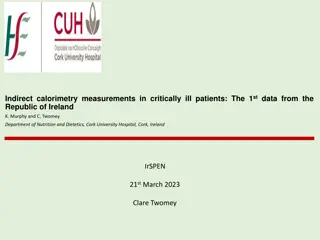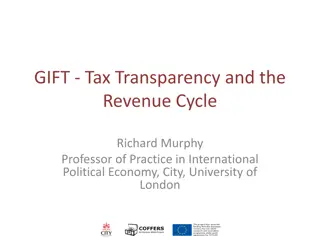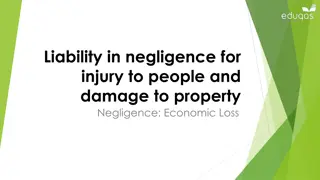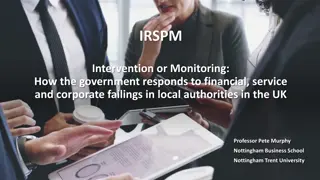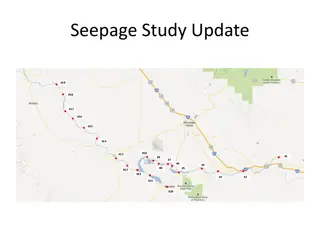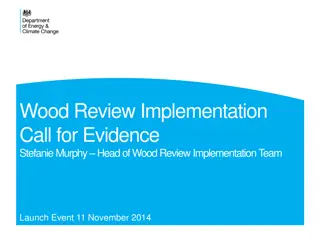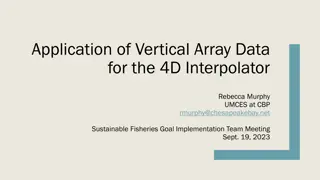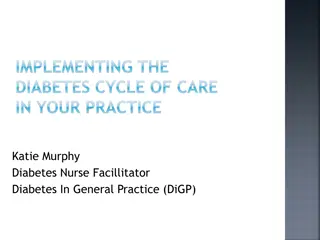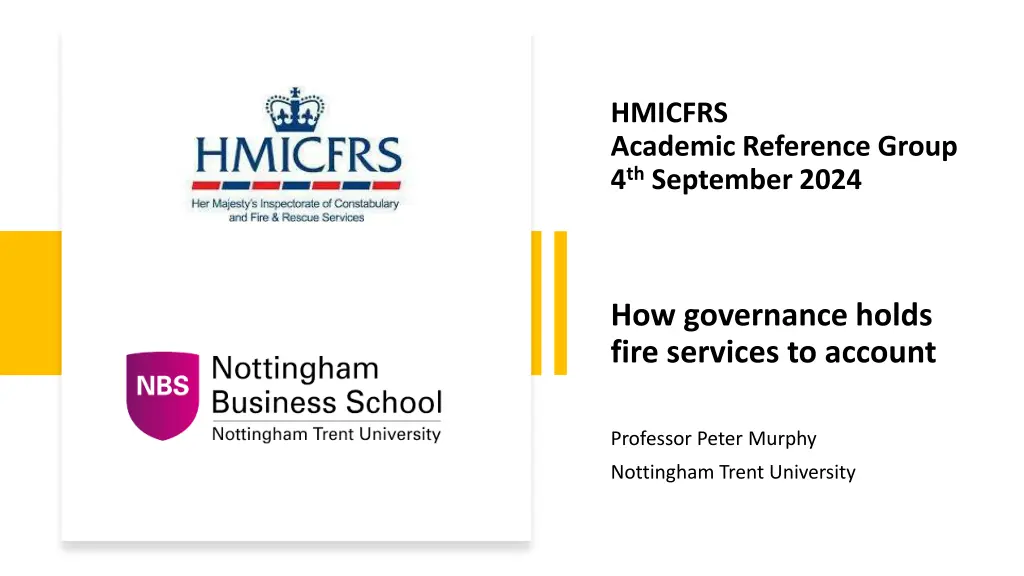
Understanding Governance in Fire Services: Challenges and Best Practices
Explore the significance of governance in holding fire services accountable, with insights on higher standards, good governance models, and the evolution of governance in the fire sector. Learn about the key principles, structures, and processes that shape governance in the public sector.
Download Presentation

Please find below an Image/Link to download the presentation.
The content on the website is provided AS IS for your information and personal use only. It may not be sold, licensed, or shared on other websites without obtaining consent from the author. If you encounter any issues during the download, it is possible that the publisher has removed the file from their server.
You are allowed to download the files provided on this website for personal or commercial use, subject to the condition that they are used lawfully. All files are the property of their respective owners.
The content on the website is provided AS IS for your information and personal use only. It may not be sold, licensed, or shared on other websites without obtaining consent from the author.
E N D
Presentation Transcript
HMICFRS Academic Reference Group 4thSeptember 2024 How governance holds fire services to account Professor Peter Murphy Nottingham Trent University
Higher standards of Governance, Accountability and Transparency are required in democratic administrations when operating in the public interest and spending the public s money. Governance, Accountability Governance, Leadership, Management are overlapping concepts (as are Strategic and Operational Governance) and they are the core concepts in public policy, public service delivery and public assurance. and Transparency Accountability in the Public Sector is Complex - it works at both individual and systemic levels and has multiple dimensions e.g., types (political, legal, bureaucratic, professional) directions (vertical, horizontal, diagonal) and temporal (retrospective and prospective).
The model of good governance in the public sector? Based on the International Framework Good Governance in the Public Sector (IFCA 2014) Delivering Good Governance in Local Government Framework. (Solace/CIPFA 2016) A set of principles that should underpin an authority s: Planning, priorities, and objectives Decision making Policies & procedures Culture, values, ways of working
Delivering Good Governance in Local Government, Framework Definition: Governance comprises the arrangements put in place to ensure that the intended outcomes for stakeholders are defined and achieved.
In 1947 the national fire service was transformed into a Local government service (counties and boroughs) and after Local Government Reorganisation in 1974 became the responsibility of County and upper tier LAs. The origins of Fire Service Governance Thus 1947-2001 both Police and FRS were governed by the committee system of LAs which is essentially an indirectly elected stakeholder model of governance. Local The Local Government Act 2000 introduced Overview and Scrutiny System which was mandatory for all but smallest district councils. Government
NI Office and (intermittently) devolved government in Stormont FRS NIFRS Board - the Chair and 10 NEDs members appointed by Ministers (4 District Councillors 6 lay members) plus the CFO. Ideally reports to Stormont. Governance N. Ireland (1.8m, pop) A single service Non-Departmental Public Body of DoH (Board has annual report to parliament annual Business Plan (strategic and operational) and appoints Chief Officers). DoH objectives are in Management Statement, and its associated Financial Memorandum (includes performance targets etc) Local authorities much weaker in NI so little robust local scrutiny No dedicated Inspectorate commissions inspections from external sources used AC and HMFSI (Scotland) e.g., 2023 Independent Inspection of NIFRS Integrity, Objectivity, and Fairness (DoH). Northern Ireland Audit Office annual financial audits
Ministers (Safer Communities Directorate) objectives and expectations are in Fire and Rescue framework 2022 relationships in a governance and accountability framework 2024 FRS Governance Scotland (5.5m,pop SFRS Board a Chair and 14 Non-Executive members appointed by Scottish Ministers (annual report to parliament and appoints Chief Officers). SFRS 3 regions and prepare Local Fire and Rescue Plans in each local authority area LA scrutiny) HM Fire Service Inspectorate (service delivery, local delivery, thematic focussed inspections Dispute determinations (non-domestic) Audit Scotland annual Audit reports and National reports (2012, 2015, 2018) A single service
There are 3 FRS in Wales based on the combined authority model of governance FRS Governance in Wales (3.2m pop) Welsh Government Ministers (Communities and regeneration directorate) provide policy, guidance, objectives and priorities in the FRS national framework 2016 (prepare and keep under review). Audit Wales annual Audit reports and (positive) national reports in 2012, 2015, 2018. Combined Authorities Model Chief F&R Adviser (and Deputy), undertakes thematic reviews In 2024 the Welsh Government acquired Exercise of Functions (Wales) Directions i.e., Intervention powers and appointed 4 independent commissioners SWFRS.
Home Office responsible department (2016-present and previously 1947-2001), adopting the police model under successive Conservative administrations FRS Governance in England (56m) 44 FRS with indirectly elected FRAs on Single County, Combined Authority, and Metropolitan FRA models, and directly elected Mayoral, and Fire Police & Crime Commissioners models (2 models). Policy, delivery and assurance in National Frameworks (latest 2018). 7-models HMICFRS undertakes service and thematic inspections and reviews. Government has Intervention powers, but external Audit currently acknowledged as unfit for purpose (Redmond 2020)
Overview and Scrutiny model of executive governance derived from parliamentary model (but more extensive) introduced in 2000 Local Government Act 2000 to replace the committee system Localism Act 2011 gave option of reverting to committee system which generated concerns over the effectiveness of scrutiny Overview and Scrutiny In 2017 the DCLG Select Committee Inquiry found the most significant factor in determining whether or not scrutiny committees are effective is the organisational culture of a particular authority The will as well as the wherewithal? External Scrutiny by HMICFRS, Auditors and Courts. PCC and FPCC consistently acknowledged to have relatively poor internal scrutiny.
Use of NEDs adopted from private sector governance model. 2017 Select Committee used evidence from within LAs. The Use of Independent Central Government departments and Non-Departmental Public Bodies adopted NEDs Non- Most evidence available on local public services is from NHS trusts and from Education (primary secondary tertiary and HEIs) Executive Directors (NEDS) Pre-2012 Health & Social Care Act appears the most effective model (Board is made up of Executive Team and expert NEDS with independent chair) In non-PFCC authority, PCC or Mayor can attend or nominate a delegate onto the scrutiny panel/committee (Lakoma 2024).
Questions? Questions?




